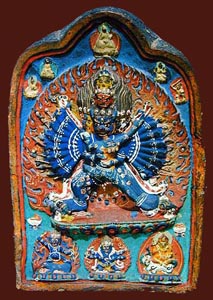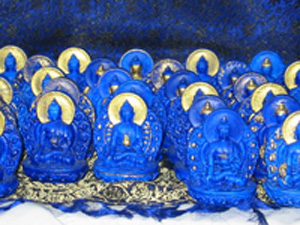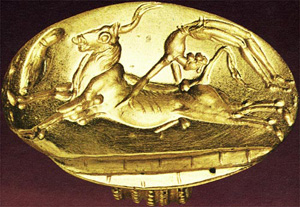
Patricia M. Tuttle
ptuttle@dadeschools.net
Devon Aire K-8 Center
Himalayan Art Inspires Elementary Artists
| HOME |
| LESSON 1 |
| LESSON 2 |
| LESSON 3 |
| LESSON 4 |
| LESSON 5 |
| RESOURCES |
Lesson 2: CERAMIC CLAY TSA-TSAS
 |
In this lesson, students will study the concept of making Tsa-Tsas and other embossing processes, the technique of making molds and using the molds to produce multiple images. Students will make a design for a Tsa-Tsa using oil clay. A plaster cast will be made of the Tsa-Tsa oil clay design. Students will make repeated impressions in ceramic clay from the plaster cast.
What is a Tsa-Tsa?
Other embossing processes: SEALS |
OBJECTIVES: Knowledge students will gain:
|
 |
 |
Learn about mold methods
How to make molds |
 |
 |





